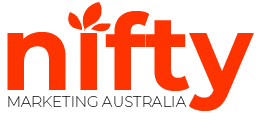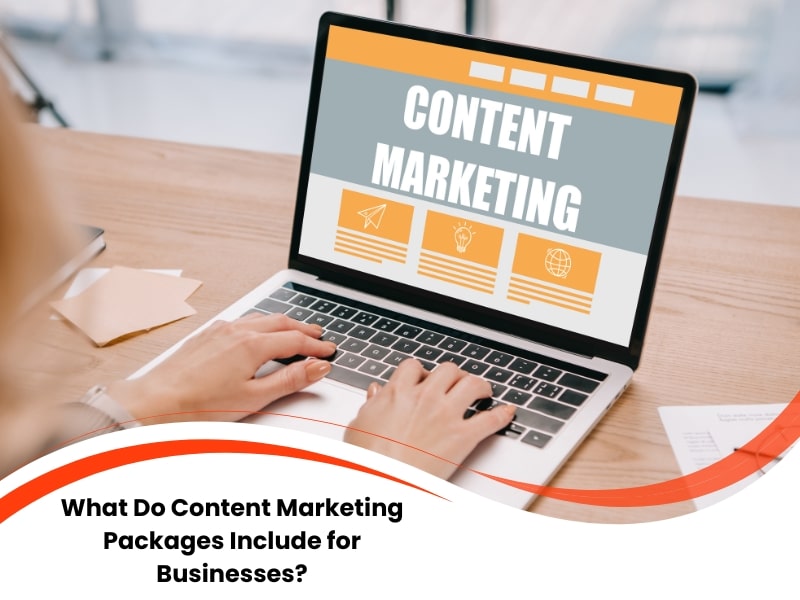Content is more than just blog posts or social updates—it’s the engine of digital visibility and engagement. Yet, for many businesses, maintaining that engine is easier said than done. Without a structured plan, building content that connects with audiences, converts leads, or scales results is tough. This is where content marketing packages come into play. These offerings bring direction, clarity, and long-term impact to your marketing. This article explains what these packages include, what to look for, and how to choose the right one.
Why do most businesses struggle to plan content consistently?
Lack of time, unclear priorities, and limited in-house expertise often make consistent content planning an uphill battle. It’s common for businesses to:
- Post irregularly or miss key seasonal moments
- Recycle content without a strategy
- Prioritise daily operations over marketing
The result is a fragmented brand presence that loses momentum. Without an editorial calendar or scheduled workflows, even strong ideas fall flat. A reactive approach can quickly spiral into silence, leaving gaps in audience engagement and missed SEO opportunities.
Sometimes, there may be a heavy reliance on one content type, like social media, while ignoring long-form articles or email nurturing. This imbalance leads to an incomplete digital footprint.
Content marketing packages address this by delivering regular output, pre-planned topics, and accountability. These systems remove guesswork and keep content aligned with business goals.
What are the risks of building your content marketing piece by piece?
Approaching content without a unified strategy creates inconsistency, confusion, and diluted brand messaging. Some common outcomes include:
- Scattered voice across platforms
- Overlapping topics that exhaust readers
- Disconnected sales funnel content
Audiences disengage when content feels random or repetitive. They’re unsure what value is being offered—or worse, what the brand stands for.
When each piece is created in isolation, content fails to build upon itself. There’s no cross-channel reinforcement, long-term planning, or measurable ROI.
Another downside is resource duplication. For example, writing separate blogs for each topic without reusing insights for email or social content wastes time.
The fix? A cohesive content marketing package brings structure, strategy, and synergy to every output piece. It connects the dots across blogs, social posts, emails, and downloadable assets. For businesses looking to streamline their efforts, it’s worth exploring strategic marketing services that deliver this kind of interconnected support.
How can disjointed strategies hurt your content ROI?
Poor alignment wastes time, reduces efficiency, and produces content that underperforms. When teams aren’t aligned:
- SEO suffers from mismatched keywords
- Social posts lead nowhere
- Emails lack clarity or purpose
Content may look active but delivers no results. Worse still, marketing budgets are spent on assets that never get traction or support bigger goals.
Without regular tracking, it’s also difficult to optimise. There’s no understanding of which posts convert, which channels perform best, or how content impacts lead quality.
Another hidden issue? Fragmented strategies often overlook audience intent. A blog might be written for brand awareness but be measured as if it should convert leads—setting it up to fail.
The solution lies in an integrated strategy. Content marketing packages often include performance reviews, topic mapping, and smart repurposing, ensuring every piece adds value.
For foundational steps, explore content writing basics for business success to understand how to build effective workflows.
What do content marketing packages usually include?
Many businesses underestimate how much work content requires, from planning and writing to publishing and tracking. Here’s a table of typical inclusions:
Feature | Description |
Strategy sessions | Planning calls to align content with goals |
SEO research | Keyword analysis and trend identification |
Blog/article creation | Professionally written posts tailored to your audience |
Graphic design | Visuals for social, blogs, or infographics |
Email campaigns | Scheduled emails to nurture leads |
Analytics reports | Monthly performance tracking |
Editorial calendar | Pre-set timelines and topic scheduling |
These components work best when integrated. A blog article can link to a lead magnet, which becomes the centrepiece of an email series and a social promotion.
This synergy is what delivers compounding results. Without it, even high-quality content underperforms.
One of the added benefits of regular output? Boosting brand visibility with regular posts to stay front-of-mind with prospects and increase long-term trust.
How can you tell if a content marketing package matches your needs?
Choosing the wrong package wastes budget and stalls momentum. Here’s what to consider:
- Does it cover your funnel stages (awareness, consideration, conversion)?
- Can it scale with audience growth or seasonal shifts?
- Is it focused on just output, or does it include strategy and feedback?
Many packages look great on paper but miss key elements like topic mapping or user behaviour analysis. The right fit should:
- Include tailored content types for your audience
- Provide strategic input—not just deliverables
- Offer transparent performance metrics
Sometimes, reviewing inclusions side-by-side with goals uncovers mismatches, like focusing too much on blogs when video or email might deliver more ROI.
Need a checklist? Compare offerings against the key elements that make content marketing work to spot red flags or missing pieces. A well-matched package becomes a growth tool, not just a task list.
Should you choose a custom or pre-set content marketing package?
There’s no one-size-fits-all answer—each option has pros and cons depending on goals, budget, and team capacity.
Pre-set packages:
- Pro: Cost-effective and fast to launch
- Con: May include services you don’t need
Custom packages:
- Pro: Aligned to exact goals and campaign timelines
- Con: Higher investment and longer onboarding
Custom is ideal for scaling brands or those with niche audiences, while pre-set is suitable for testing the waters or working with limited resources. Hybrid models are also worth exploring. These begin with standard inclusions but allow layering in specialised services like copywriting for landing pages, lead magnet creation, or SEO migration support.
Whichever you choose, focus on flexibility and transparency. Packages should evolve alongside business needs, not stay rigid.
Choosing the right content marketing package for lasting impact
Unstructured content plans lead to wasted effort and inconsistent branding. Without support, execution becomes reactive, results suffer, and marketing goals are delayed.
The right content marketing package provides structure, consistency, and strategy. Every piece of content becomes intentional, working toward business objectives and reinforcing brand value.
For those evaluating options or looking to refine their current setup, gaining perspective is always helpful. Feel free to seek insights from the team at Nifty Marketing—support is available to guide decision-making without pressure or commitments.
Content isn’t just about publishing—it’s about performance, positioning, and purpose. With the right structure in place, content begins to pull its weight and deliver lasting returns.


